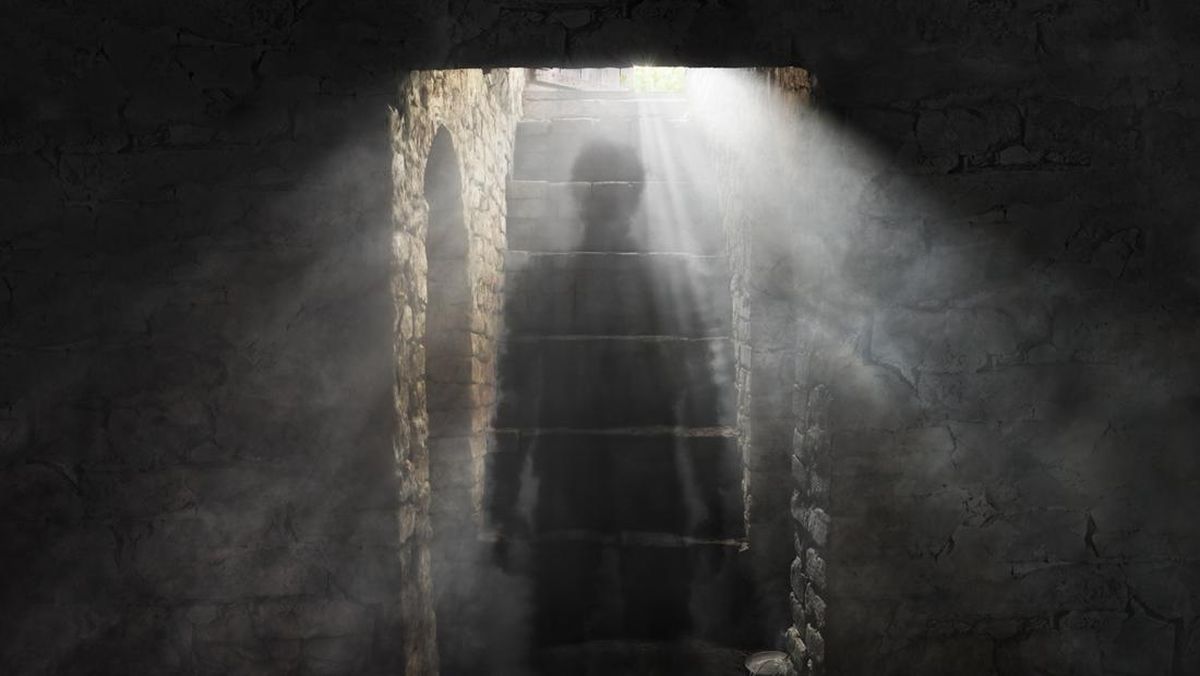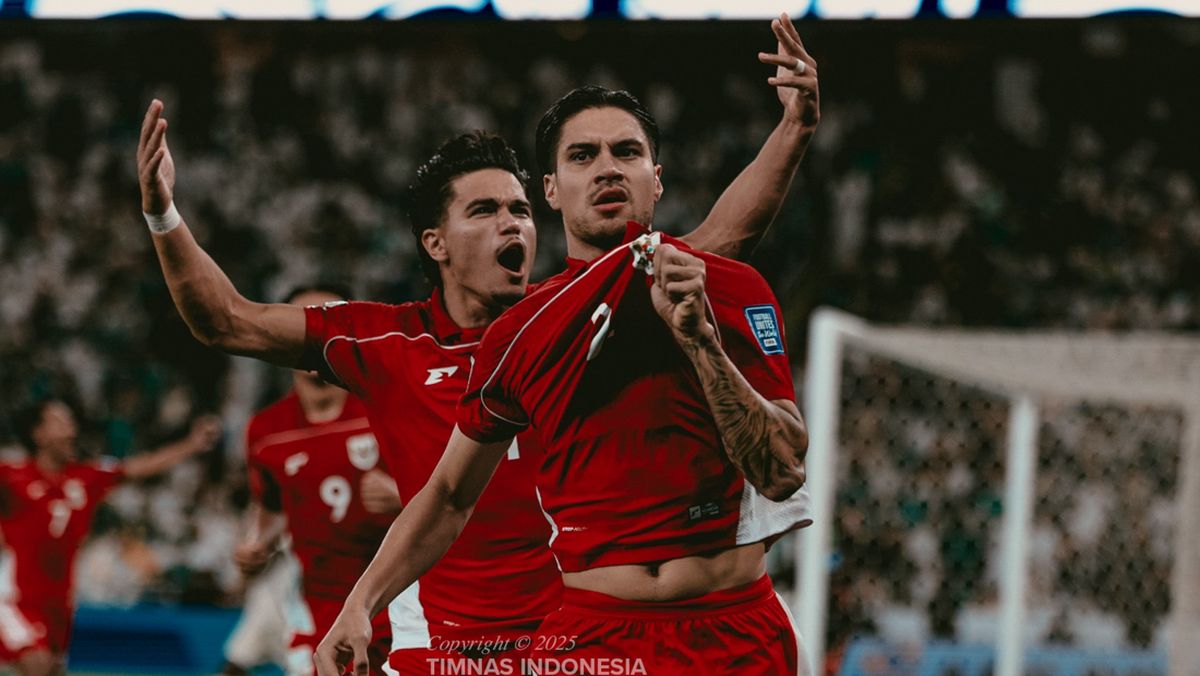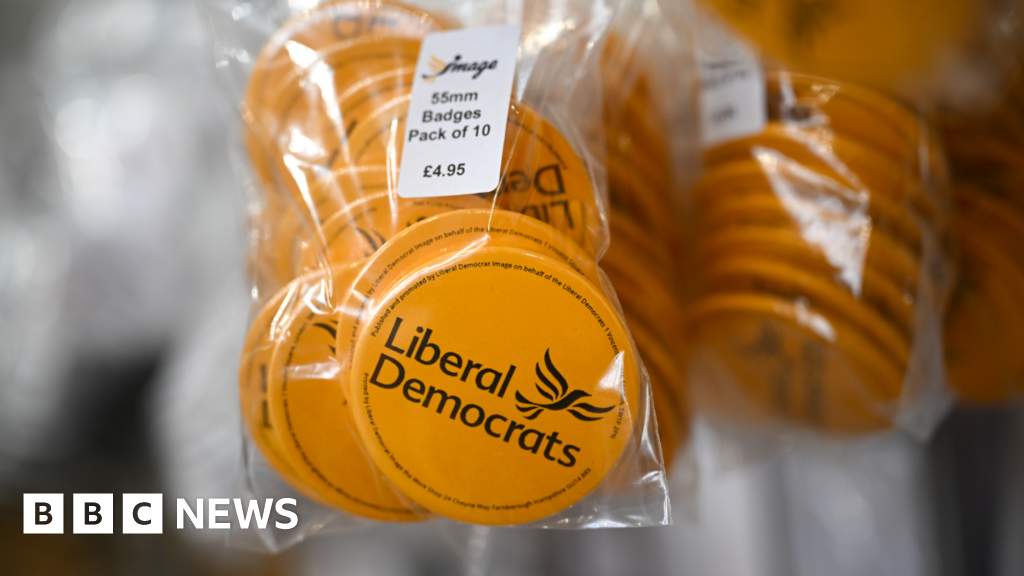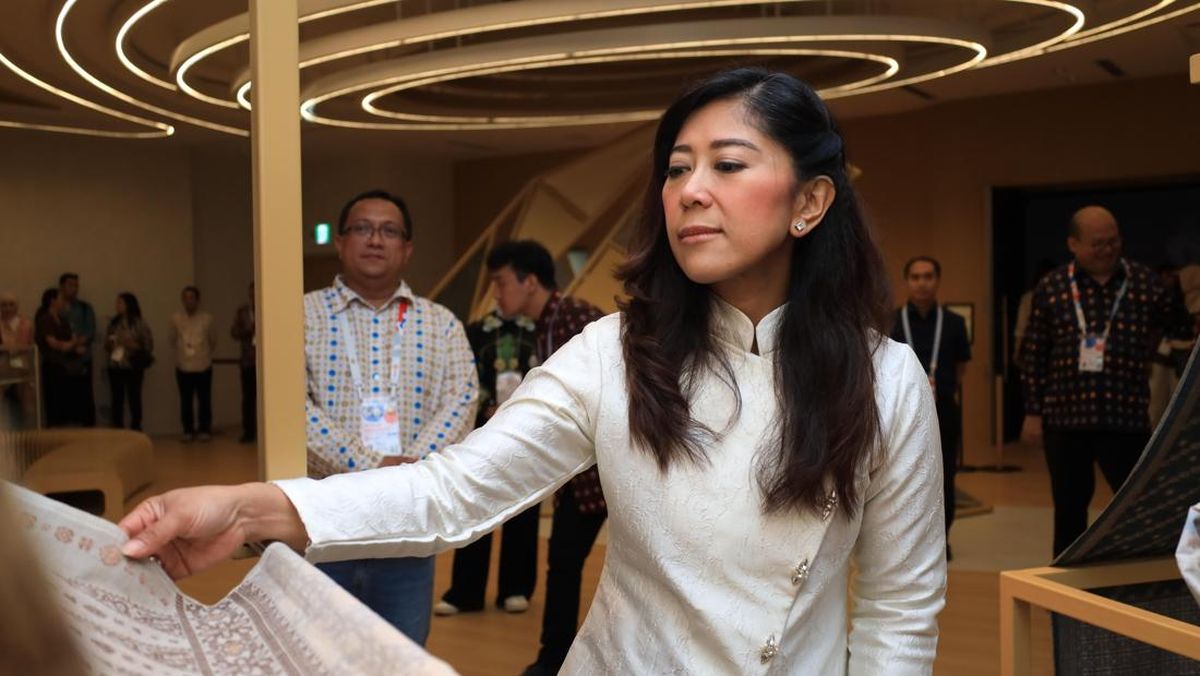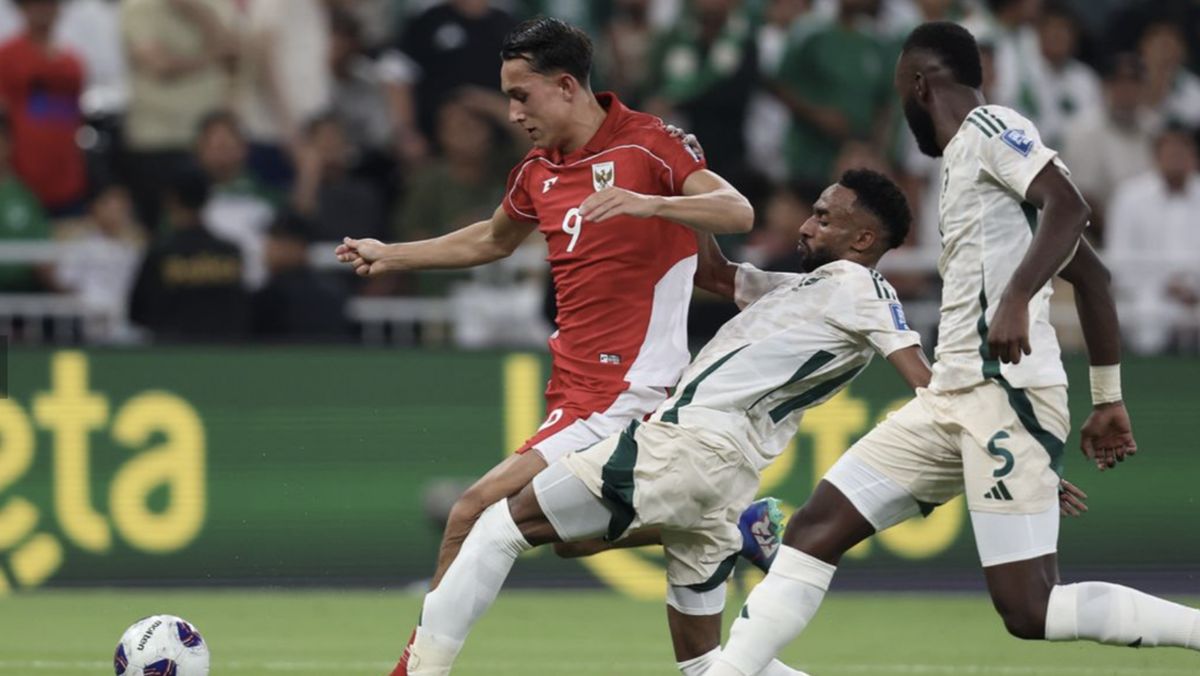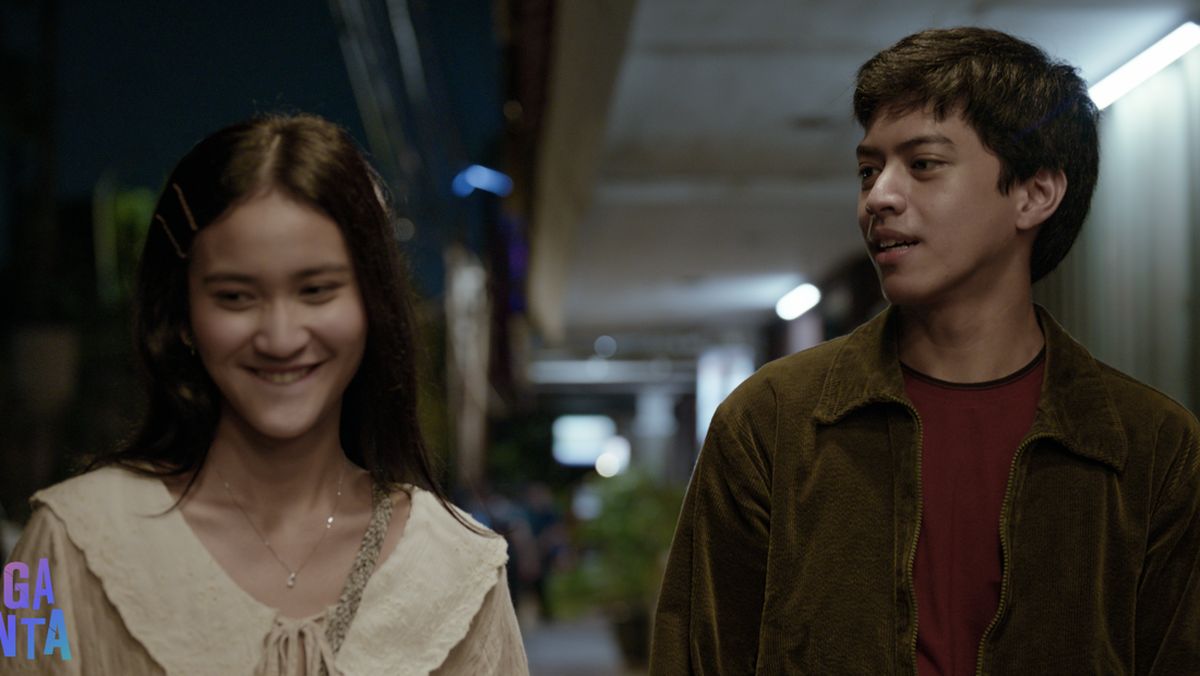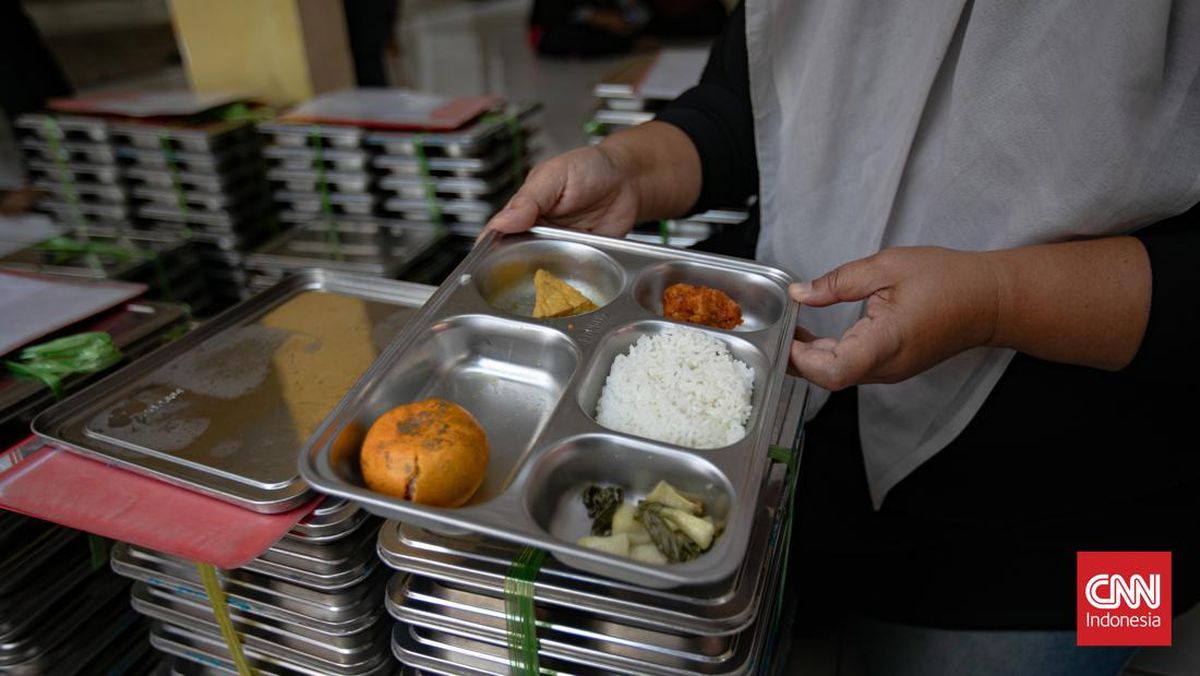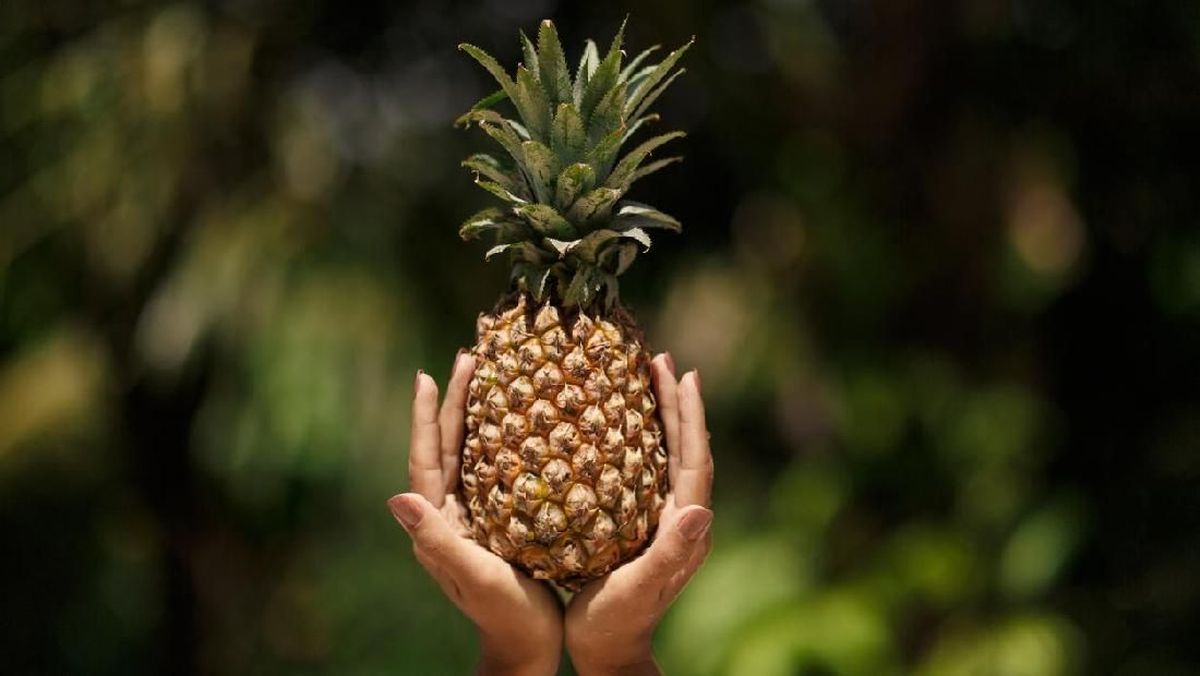By Chantal Nguyen
September 24, 2025 — 1.37pm
Playing violin is hard on the body – about 60 per cent of professional violinists and violists experience some form of playing-related musculoskeletal disorder (known as “PRMDs”) that prevents them from playing their best.
That’s a higher prevalence than any other instrument group in large orchestras globally. And that rate, says performing arts medicine expert Dr Cliffton Chan, has been high for at least the last twenty years.

Acclaimed violin player Madeleine Easton at AR Irwin Violins in Edgecliff.Credit: Max Mason-Hubers
Australian violinist and artistic director of Bach Akademie Australia, Madeleine Easton is well aware of the violin’s physical demands. With an impressive international resumé – as a soloist, concertmaster, director, educator and even a performance at King Charles’ coronation – she often plays for over six hours a day, and has clocked up thousands of playing hours.
“Ergonomically, the violin is an absolute nightmare,” Easton says. “You have to turn your head to the left and tilt it, then bring your left arm up in front, twisting your forearm. And that’s the position you have to be in for hours.”
“Professional classical violinists are sometimes referred to as upper limb endurance athletes in the performing arts medicine world,” agrees Chan. An associate professor of physiotherapy at Macquarie University and an international leader in performing arts medicine, Chan has successfully diagnosed thousands of violinists seeking pain relief.
Orchestral music, he observes, is written so that violinists often have more to do than any other instrument.
“It’s repetitive movement for many, many hours,” Easton says. “You have to very much focus on relaxation as you play.”
Historically, violinists often hid injuries. “No one must know or you’re not getting the next job,” Chan explains. “Your colleagues would treat you differently. Musicians would try to last the show and then break down out the back of the stage.”
Treatment options were also sub-par. “Fifty years ago, players with musculoskeletal pain might have been told to rest for prolonged periods or learn to play on the opposite side — solutions that often ended promising careers.”
Easton recalls experiencing thumb tension as a young violinist that meant she could only play scales for almost six months. But lessons with the eminent violinist Maurice Hasson – her professor at London’s Royal Academy of Music – were illuminating. He taught her, she recalls, how to focus on relaxing her muscles as she played.

Acclaimed violin player Madeleine Easton at AR Irwin Violins in Edgecliff.Credit: Max Mason-Hubers
These days, Easton manages the violin’s athletic challenges by carefully monitoring for shoulder tension and maintaining a physical conditioning regime of arm weights, yoga, stretching, and Alexander Technique (posture improvement) coaching.
“In this business we all need an external pair of eyes, just like professional tennis players need coaches,” she says.
Easton has also observed that the violin’s shape causes female players more frequent physical difficulties. Male players, she says, often have an easier experience with instrument set up.
“Because they tend to have shorter necks and wider shoulders, the violin sort of slots in under their chin.”
Chan concurs that female musicians report more musculoskeletal injuries across all instruments. But “ultimately, success and injury resilience are less about sex-based traits and more about recognising individual differences”.
“We need to know more on all the risk factors, better measure them, and then we can put in the right supports and interventions,” Chan says.
With ongoing education, modern clinicians are “much better at capturing [injuries] now, and most musicians are reporting it,” he notes.
All of this means elite violinists like Easton “are increasingly cared for by practitioners who genuinely understand their craft”.
For Easton, her passion for music ultimately makes the physical demands worthwhile. When her body and violin are aligned, she enters a flow state while performing. “That’s how I know I’m playing it correctly. You’re so at one with the instrument, you can just close your eyes.”
Madeleine Easton will perform in The Art of Violin at the Utzon Room, Sydney Opera House, September 26-28, and The Brandenburg Concertos, various venues November 14-16
Most Viewed in Culture
Loading

